Related Research Articles

The Rijksmuseum is the national museum of the Netherlands dedicated to Dutch arts and history and is located in Amsterdam. The museum is located at the Museum Square in the borough of Amsterdam South, close to the Van Gogh Museum, the Stedelijk Museum Amsterdam, and the Concertgebouw.
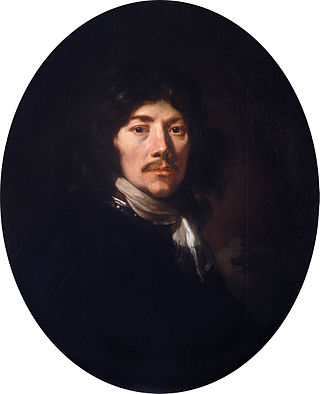
Jacob van Loo was a painter of the Dutch Golden Age, chiefly active in Amsterdam and, after 1660, in Paris. Van Loo is known for his conversational groupings; particularly his mythological and biblical scenes generally attributed to the genre of History painting. He was especially celebrated for the quality of his nudes to the extent that, during his lifetime, particularly his female figures were said to have been considered superior and more popular than those of his Amsterdam contemporary and competitor Rembrandt. In 1663, three years after fleeing to Paris, Jacob van Loo was accepted into the Académie royale de peinture et de sculpture.
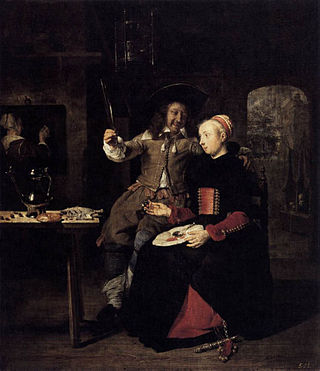
Gabriël Metsu (1629–1667) was a Dutch painter of history paintings, still lifes, portraits, and genre works. He was "a highly eclectic artist, who did not adhere to a consistent style, technique, or one type of subject for long periods". Only 14 of his 133 works are dated.

Eglon van der Neer was a Dutch painter of historical scenes, portraits and elegant, fashionable people, and later of landscapes.

Maerten de Vos, Maerten de Vos the Elder or Marten de Vos was a Flemish painter. He is known mainly for his history and allegorical paintings and portraits. He was, together with the brothers Ambrosius Francken I and Frans Francken I, one of the leading history painters in the Spanish Netherlands after Frans Floris career slumped in the second half of the sixteenth century as a result of the Iconoclastic fury of the Beeldenstorm.
The Museum Card, also known as the Museumkaart in Dutch, is a personal card that grants free entry to about 400 museums in the Netherlands for one year. It is available for purchase at many of the larger participating museums or online, with a temporary card issued when purchased from the museum. While most museums offer free entry to Museum Card holders, some museums may charge an additional fee for special exhibitions, but not for the general collections.

Jan Jacobszoon Hinlopen was a rich Dutch cloth merchant, an officer in the civic guard, a real estate developer in the Jordaan, alderman in the city council and a keen art collector. He would have been elected as a burgomaster, if he had not died at the age of forty, an age considered acceptable to be eligible. He was a prominent patron of the arts in his time, and there is some speculation on being an influential protector of Rembrandt and it is likely that he had good connections with Gabriel Metsu. Hinlopen, like his father-in-law, Joan Huydecoper I, is known in art history because of the poems by Jan Vos reciting the paintings in his house and members of the family. These paintings are spread all over the world, the poems nearly forgotten.

Jan Abrahamsz Beerstraaten or Johannes was a Dutch painter of marine art, particularly of events of the First Anglo-Dutch War and Dutch-Swedish War. Van Beerstraten depicted ports (Civitavecchia) and cityscapes of Amsterdam, as well as many cities and villages in the Netherlands. He captured castles, churches and other buildings that no longer exist.
Jacobus Ruurd "Jaap" Bruijn, was a Dutch maritime historian. He was professor of maritime history at the University of Leiden from 1979 until his retirement in 2003. During his 41-year teaching career as The Netherlands' only university professor of maritime history, he guided the doctoral theses of at least 49 graduate students.

Jan Theuns (1877–1961). Dutch painter born in 1877 in Breda (Netherlands) and well known as a landscape and portrait painter.

Jacob Jan van der Maaten was a Dutch painter and etcher. Van der Maaten was a pupil of Hendrikus van de Sande Bakhuyzen and studied at the Royal Academy of Art, The Hague. In 1852 he became a member of the Royal Academy of Fine Arts in Amsterdam. Later, Van der Maaten became teacher at the so-called King's School in Apeldoorn (1866–1879).
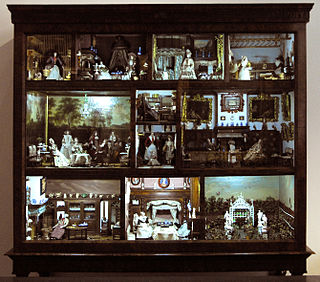
Petronella de la Court was a Dutch art collector.
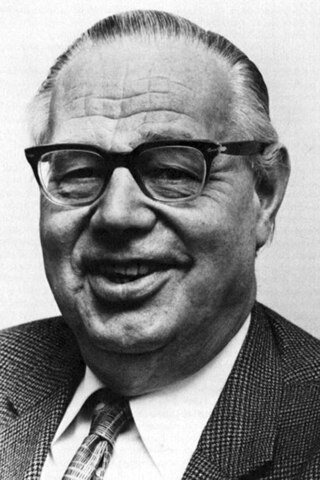
Jan Gerrit van Gelder was a Dutch art historian.

Isabella Henriette van Eeghen, usually cited as I. H. van Eeghen, was a Dutch historian who worked for the Stadsarchief Amsterdam.
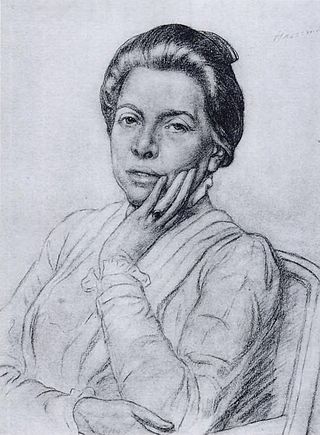
Grada Hermina Marius or G.H. Marius was a Dutch writer and painter.
Hendrik Frans Karel van Nierop is a historian of early-modern Holland and professor emeritus of the University of Amsterdam.

The Lauriergracht is one of the canals of Amsterdam, located in the Jordaan, west of the Grachtengordel.

Self-Portrait is a c. 1669 oil on canvas painting by Ferdinand Bol, now in the Rijksmuseum, in Amsterdam. Showing the artist in an embroidered robe leaning on a small sculpture of Cupid, it is thought to have been painted on the occasion of his second marriage to Anna van Erckel in 1669.

Arie Abraham (Ary) Kampman was a Dutch scholar of Ancient Near Eastern studies, an initiator of scholarly societies and journals, and a secondary school teacher. Kampman obtained his Dutch PhD degree with professor Frans de Liagre Böhl on the 1945 thesis De historische beteekenis der Hethietische vestingbouwkunde. In 1939 he was a founder of the Nederlands Archaeologisch Instituut voor het Nabije Oosten, the predecessor of the present The Netherlands Institute for the Near East.
References
- ↑ "Prof. E.S. de Jongh (1931 - )" (in Dutch). Utrecht University. Archived from the original on 19 July 2020.
- ↑ Elizabeth Honig (February 2012). "1976 Eddy de Jongh: Tot lering en vermaak: betekenissen van Hollandse genrevoorstellingen uit de zeventiende eeuw Amsterdam, Rijksmuseum (tentoonstelling)" (in Dutch). Internationale Neerlandistiek. Archived from the original on 19 July 2020.
- ↑ Edward Grasman (2007). Gerson in Groningen: een portret van Horst Gerson, kunstkenner en hoogleraar kunstgeschiedenis (1907-1978). Uitgeverij Verloren. pp. 108–. ISBN 978-90-6550-998-7.
- ↑ "Eddy de Jongh". Royal Netherlands Academy of Arts and Sciences. Archived from the original on 21 August 2017.
- ↑ "Eddy de Jongh" (in Dutch). VPRO. 11 November 2011. Retrieved 19 July 2020.
- ↑ "Erelidmaatschap VNK uitgereikt aan Willemijn Fock, Eddy de Jongh en Henk van Os" (in Dutch). kunsthistorici.nl. 14 October 2019. Archived from the original on 19 July 2020.